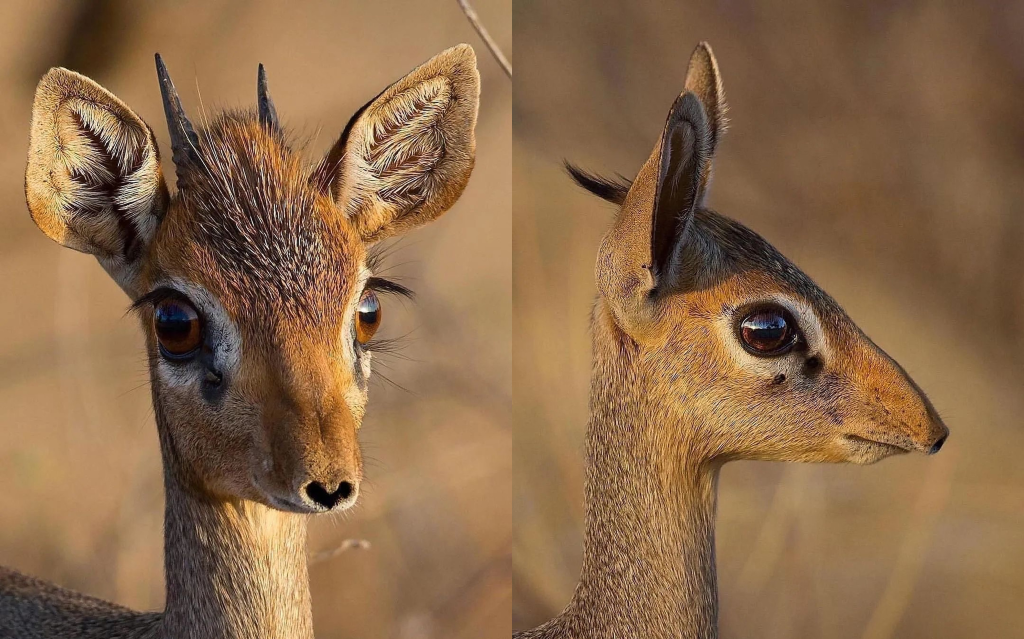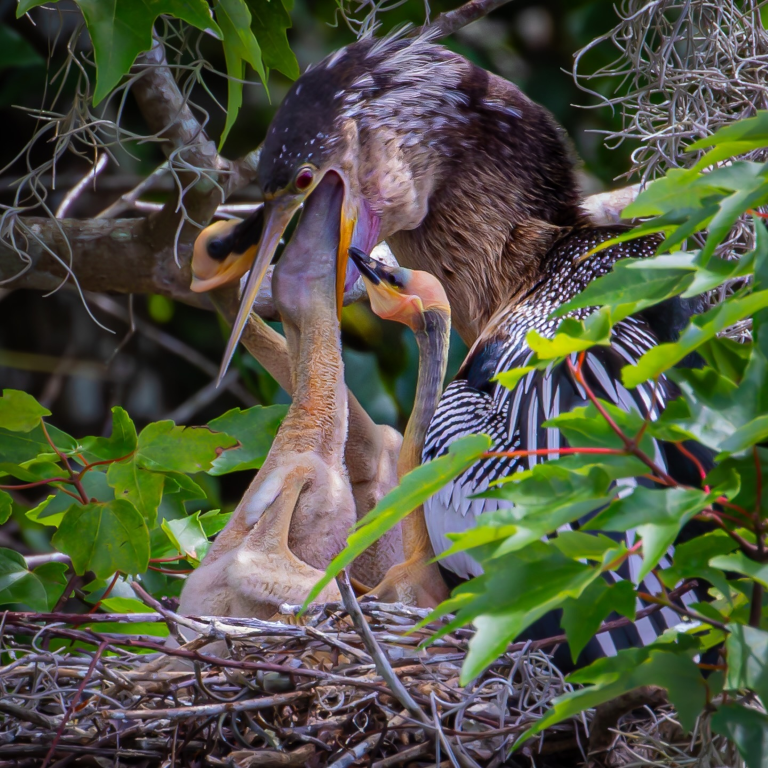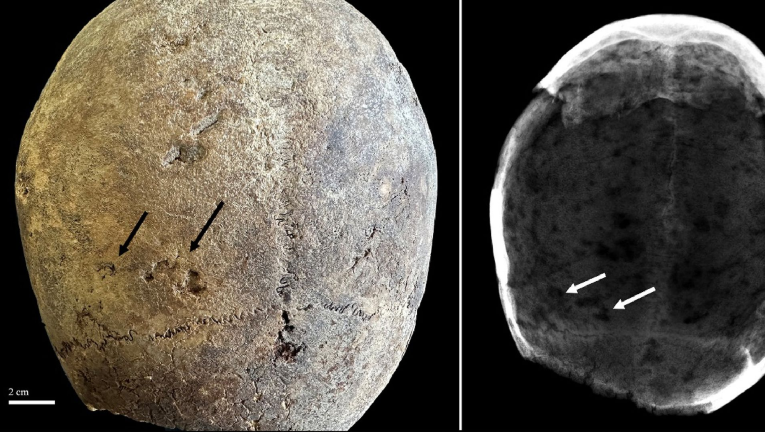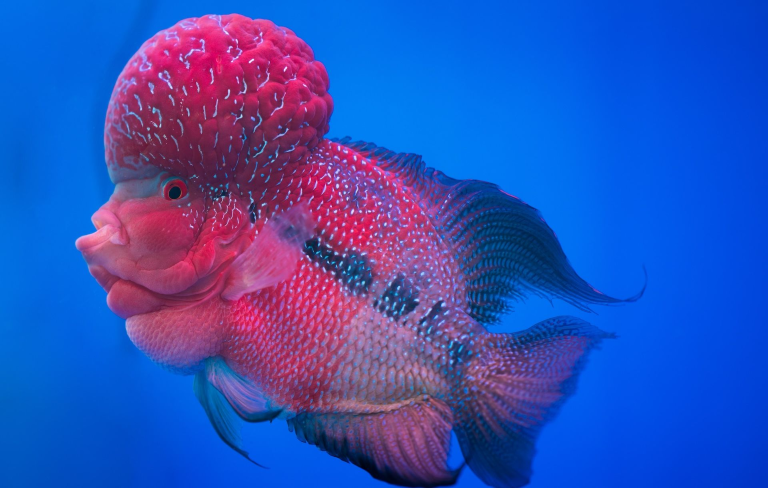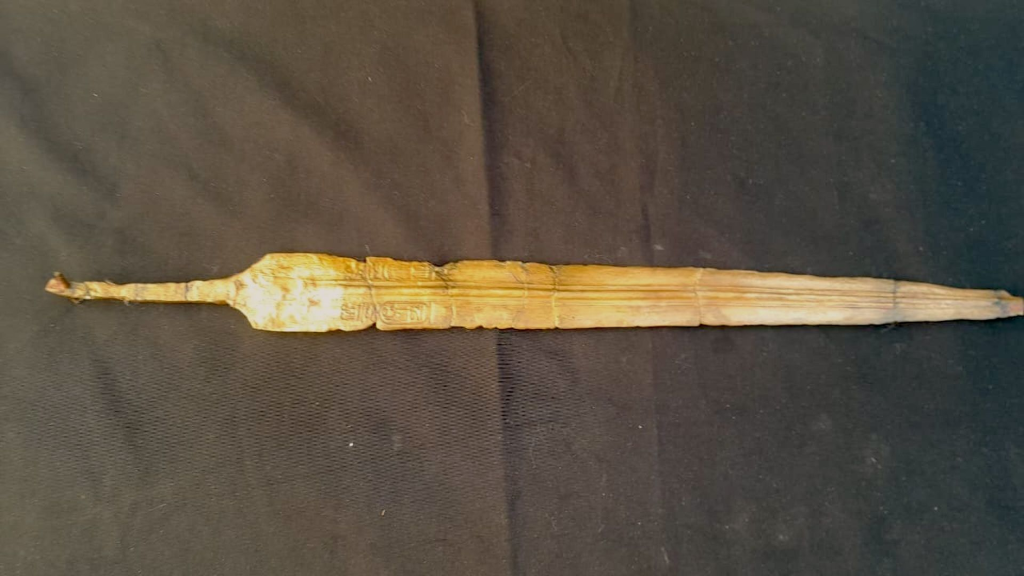Antechinus: The tiny marsupials where males have sex until they die — then females eat their corpses
Name: Antechinus (Antechinus)
Where it lives: Australia
What it eats: Insects, spiders, centipedes and sometimes frogs and small reptiles
Why it's awesome: Antechinuses are little marsupials about the size of gerbils with a bizarre reproductive system: the males have sex until they die from organ failure.
There are 15 species of Antechinus all with the same deadly mating system. Their breeding season is a frenzied period lasting just two to three weeks. During this time, males give up sleep to have as much sex as possible, going for up to 14 hours at a time in the hope of passing on their genes. Once the breeding season ends, all the males drop dead.
Males die as a result of stress and exhaustion. During the mating window, testosterone and the stress hormone cortisol surge in their bodies. The increase in testosterone prevents them from processing the cortisol, causing organ failure and death. Read More »

